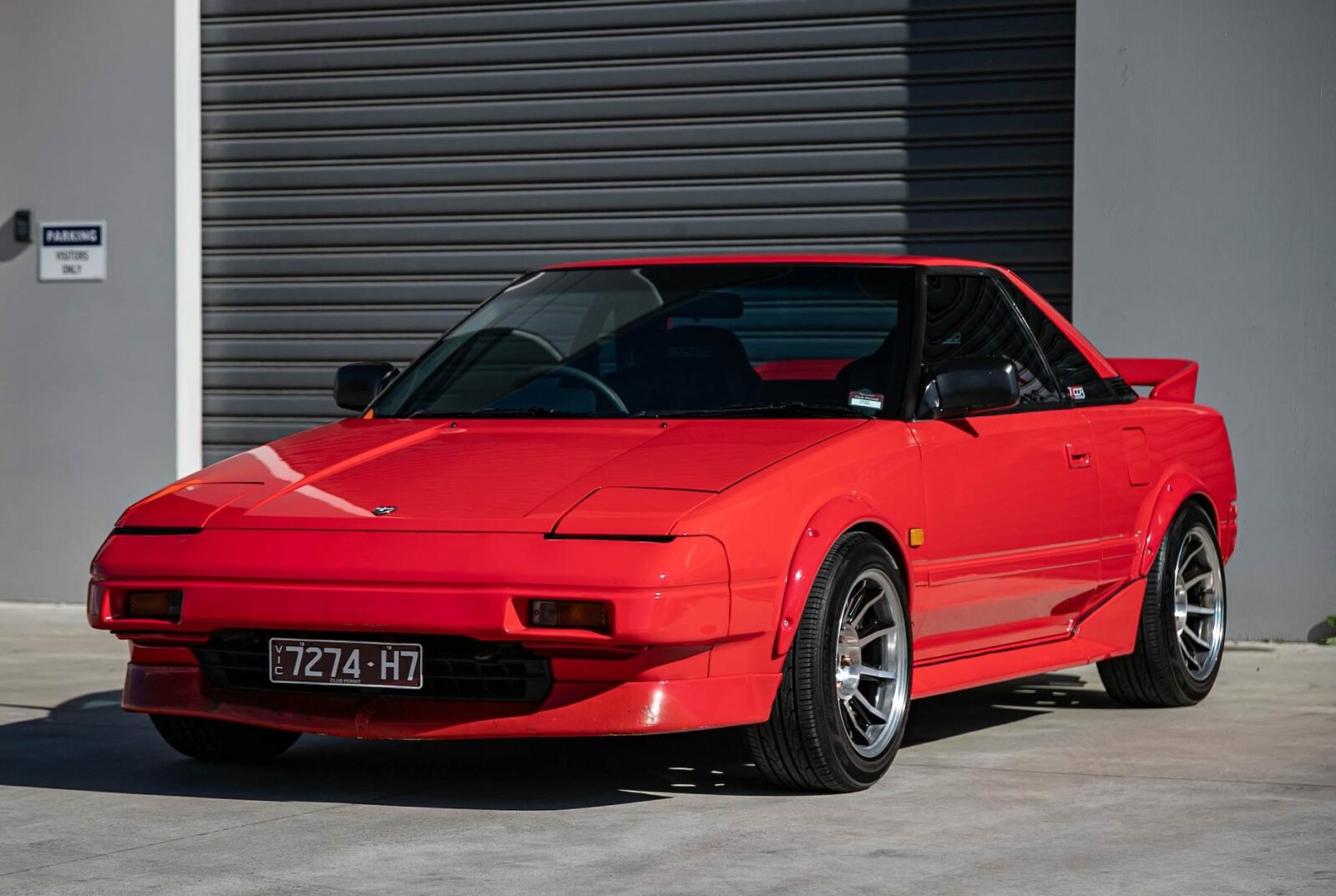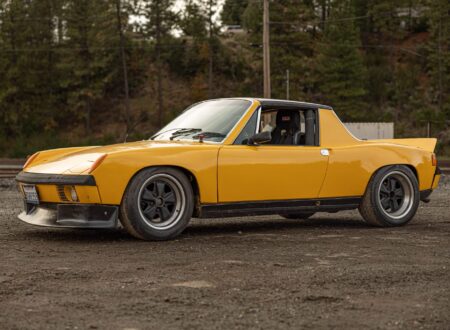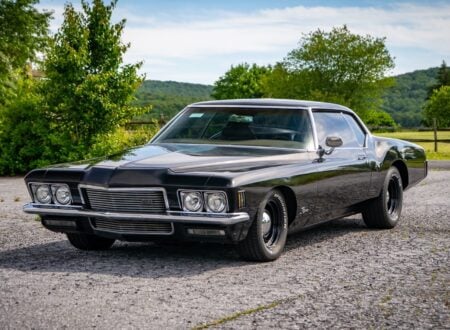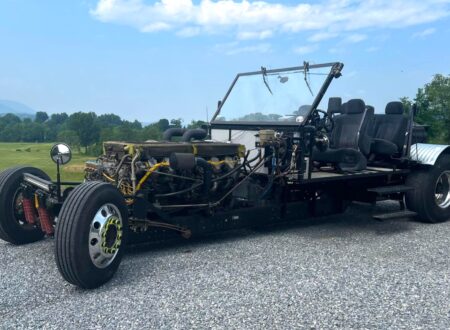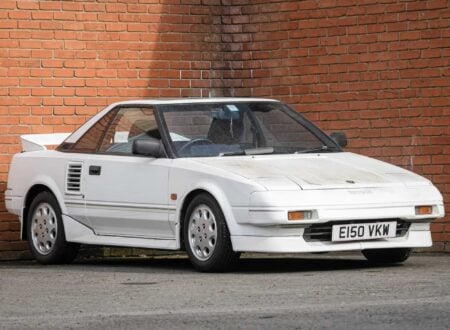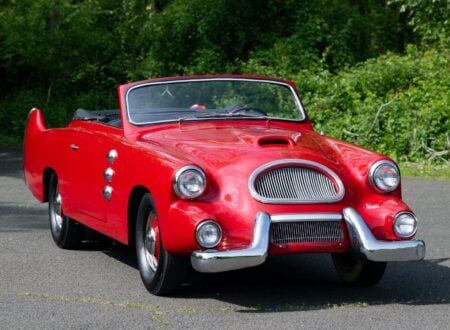This Toyota MR2 was comprehensively rebuilt by the team at The Skid Factory as part of a popular YouTube series called the “Poor Man’s Ferrari.” It’s now being offered for sale out of Victoria, Australia on the Collecting Cars platform.
The list of modifications applied to this car as part of its rebuilt is significant, it’s now considerably faster than it ever would have been in stock condition with a 0-62 mph time approximately 1.5 seconds quicker.
Fast Facts – The Toyota MR2
- The Toyota MR2 is mid-engined Japanese sports car that was built over three generations from 1984 until 2007. Today it’s remembered as Japan’s first mass-produced mid-engined production car.
- The name MR2 is said to stand for either “mid-ship run-about 2-seater” or “mid-engine, rear-wheel-drive, 2-seater.” In France it was sold simply as the “MR” as MR2 when pronounced in French sounds like “Merde” or “Sh*t.”
- Development of the MR2 began all the way back in 1976, prototypes were tested in both Japan and the United States, with legendary Formula One driver Dan Gurney testing the car at Willow Springs.
- The car you see here was rebuilt by the team at The Skid Factory as part of their YouTube series the “Poor Man’s Ferrari,” and the car is now being offered for sale out of Victoria, Australia.
The First Generation Toyota MR2
In the mid-1970s, Toyota initiated a project that aimed to develop a new car that would be at once both fun to drive and fuel-efficient. At this time Toyota had a burgeoning reputation for producing reliable and economical cars but lacked a truly sporty image, despite earlier Toyota 2000GT which had only sold in small numbers. The company saw an opportunity to create a new halo car that would offer affordable thrills while also elevating the Toyota brand globally.
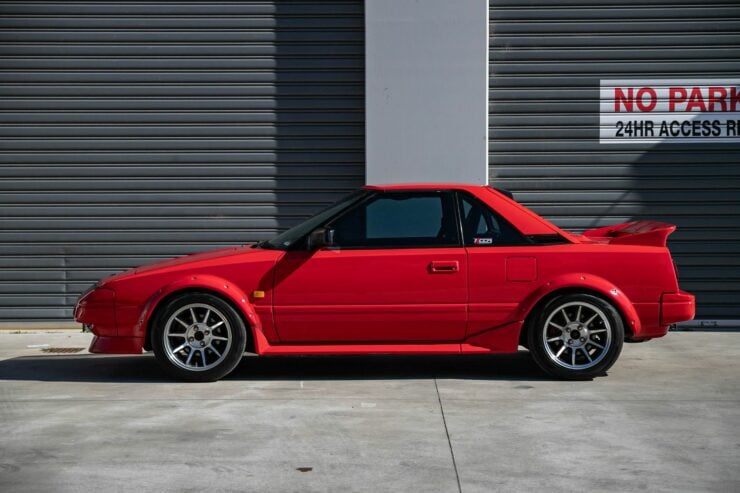

The original idea was to develop a car that offered the excitement of a Ferrari but was accessible to the everyday driver. Akio Yoshida, the chief engineer at Toyota, was handed the responsibility of creating the vehicle – it was a project that faced significant challenges.
The concept of a lightweight, mid-engine configuration stood out as a feasible option. The mid-engine layout not only provided an optimal weight distribution but it also delivered a driving experience not dissimilar to that of a mid-engined Lotus.
By 1981, a prototype of the car, code-named “SA-X”, began its initial rounds of testing. The project drew inspiration from other affordable mid-engined sports cars of the era, including the Fiat X1/9, the Lotus Esprit, and the Porsche 914.
Toyota’s goal wasn’t just to design a high-performance vehicle, they aimed to create a car that was accessible, easy to drive, and reliable. A significant challenge was to ensure the car would be resistant to the infamous “snap-oversteer” that some mid-engined (and rear-engined) cars suffered from.
Above Video: This is the first episode in the nine part series about the resurrection and restoration of this MR2. If you click through you can watch the whole series on YouTube for free.
Collaborating with Lotus, a company known for lightweight sports cars and exceptional chassis design, Toyota refined the MR2’s suspension and handling characteristics. The influence of Lotus can be traced especially in the MR2’s suspension, balance, and handling.
In 1984, the Toyota MR2 was officially introduced to the world as the AW11. The MR2 name is said to stand for either “mid-ship run-about 2-seater” or “mid-engine, rear-wheel-drive, 2-seater.”
Under the hood, the MR2 was powered by a 1.6 liter 4A-GE inline-four engine. This DOHC engine, producing 112 bhp (later models pushing up to 128 bhp), was a product of Toyota’s collaboration with Yamaha. Paired with its lightweight frame, the MR2 offered exhilarating performance by the standards of its class and a sticker price below that of its competition.
Visually, the AW11 was a wedge-shaped design, mirroring the automotive styling ethos of the 1970s and 1980s. It came with pop-up headlights, seating for two, and it was available both as a coupe and with a T-top roof, providing options for those who preferred open-air driving.
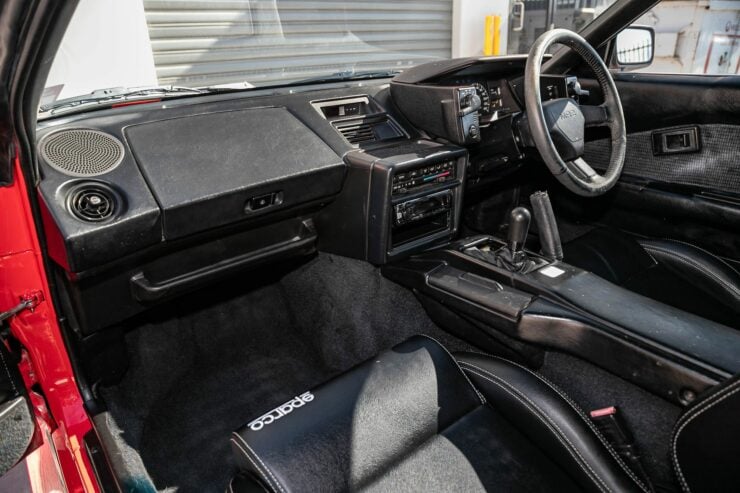

The first generation MR2 would remain in production from 1984 until 1989, and it would be succeeded by two more MR2 generations before leaving production in 2007. Rumors persist that a new MR2 is currently in development at Toyota, but only time will tell.
The Toyota MR2 “Poor Man’s Ferrari” Shown Here
The car you see here started out as a standard 1987 Toyota MR2 finished in red with a back interior. In 2020 the car was acquired by the team at The Skid Factory in Australia who then set about completely rebuilding it into what they called the “Poor Man’s Ferrari.”
The full rebuild process is covered in a series of nine episodes, with two additional supplemental episodes, offering a unique insight into the process and all the work that actually went into it. The rebuild process included a full teardown of the silver-top 20-valve 4A-GE 1.6 liter DOHC inline-four, it’s now been fitted with individual throttle bodies, a Haltech Elite EFI, individual coil packs, and a set of Kelford cams, and it revs to 8,000 rpm.
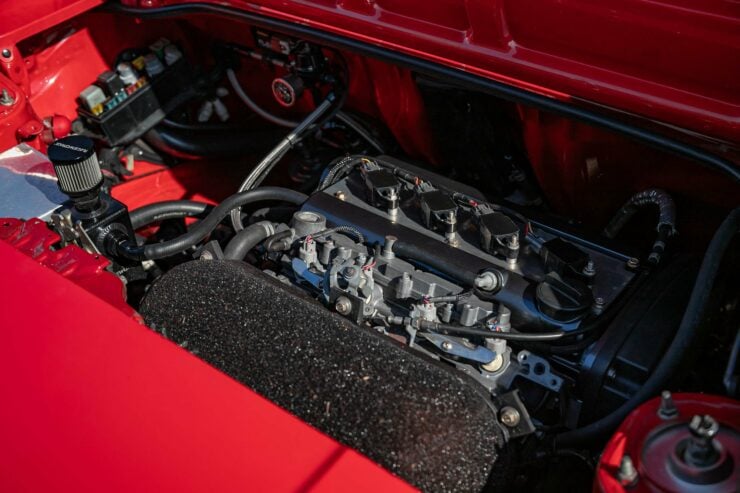

This engine is mated to the original 5-speed manual close-ratio transmission which sends power back to the rear wheels. The car now has flared wheel arches and it’s fitted with a set of 15 inch Enkei Big End Barrel wheels, wearing Hankook Ventus V2 Concept 2 tires.
Inside the car you’ll find air conditioning, Sparco R100 seats, and a Bluetooth-equipped Kenwood stereo with hands-free functionality. The suspension has been upgraded with adjustable BC Racing coilovers on all four corners, it also has a custom coolant tank and catch can, stainless steel extractors, an uprated exhaust, and a Go Fast Bits fuel pressure gauge.
The car its now being offered for sale out of Berwick in Victoria, Australia on Collecting Cars, and you can visit the listing here.

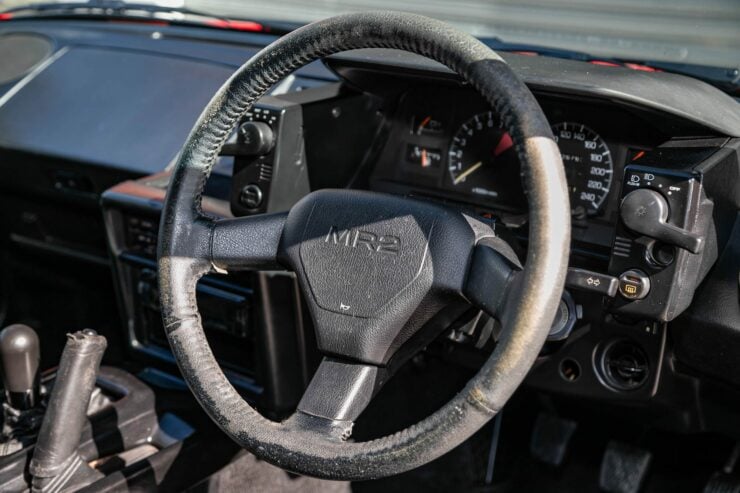
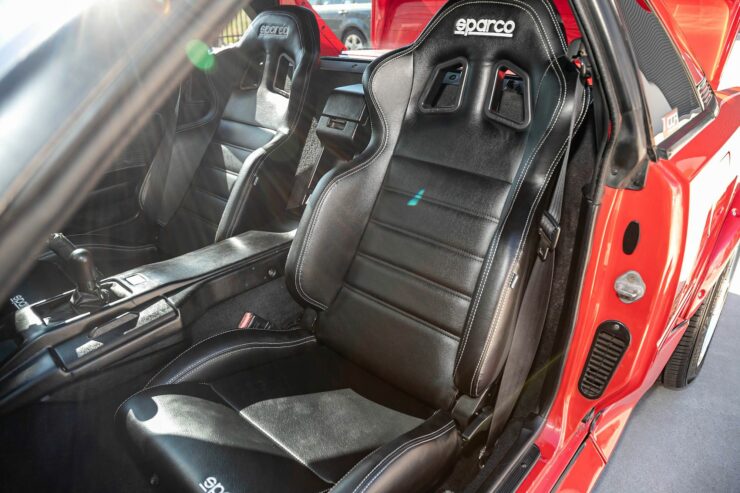
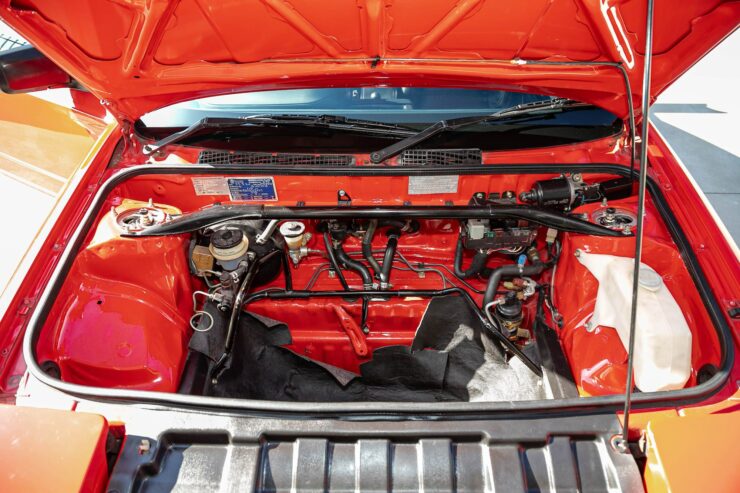

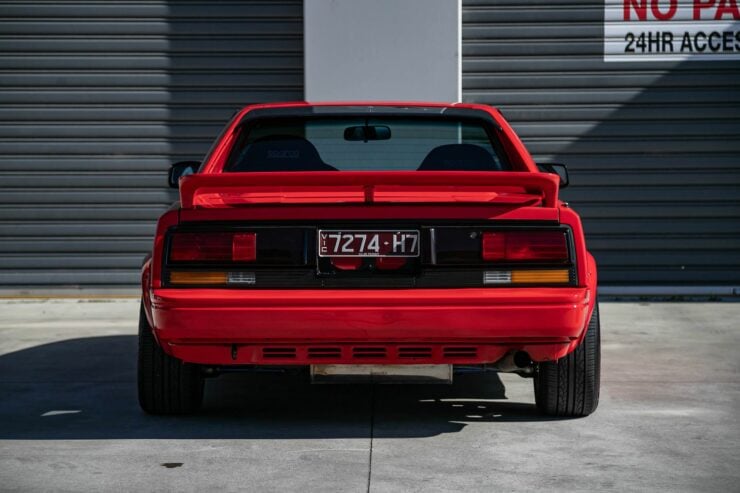
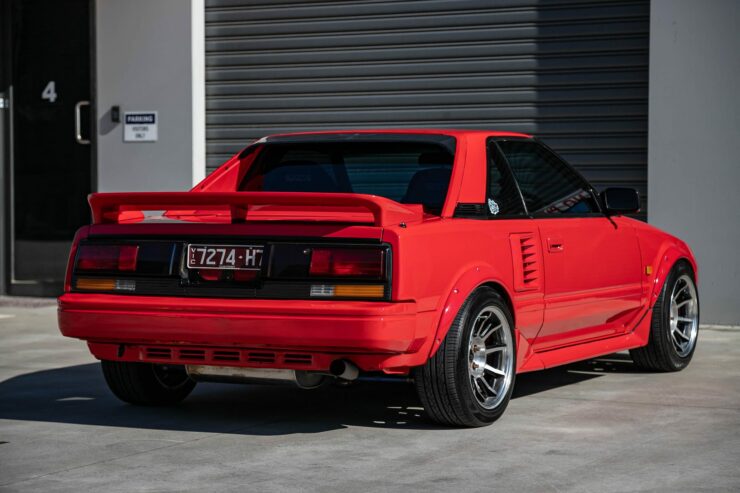
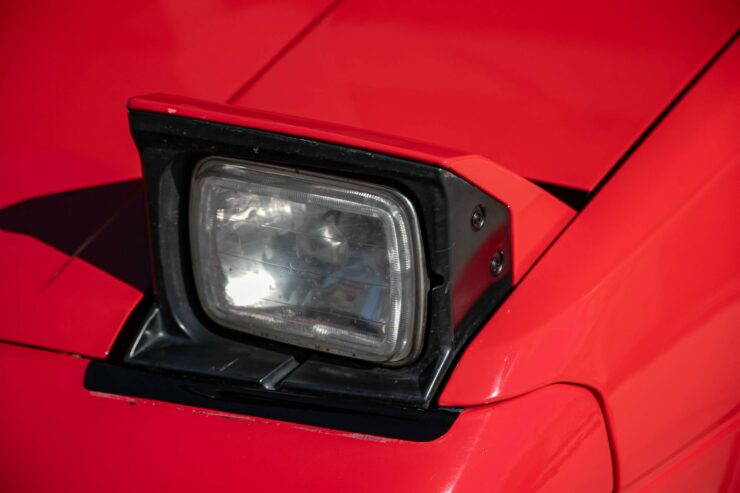
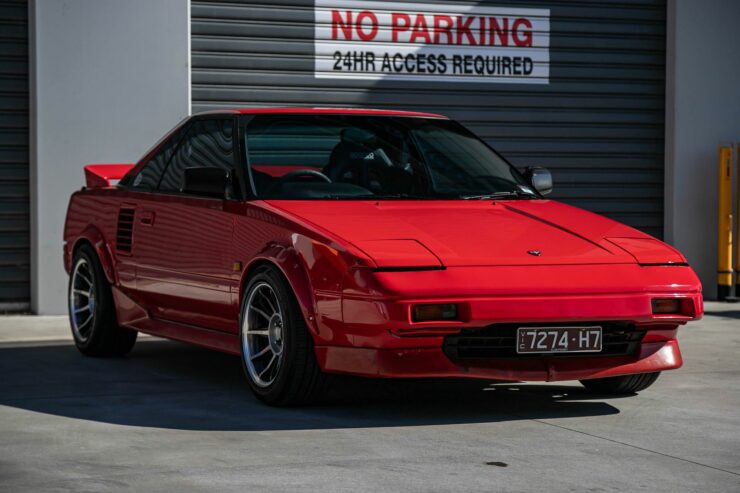
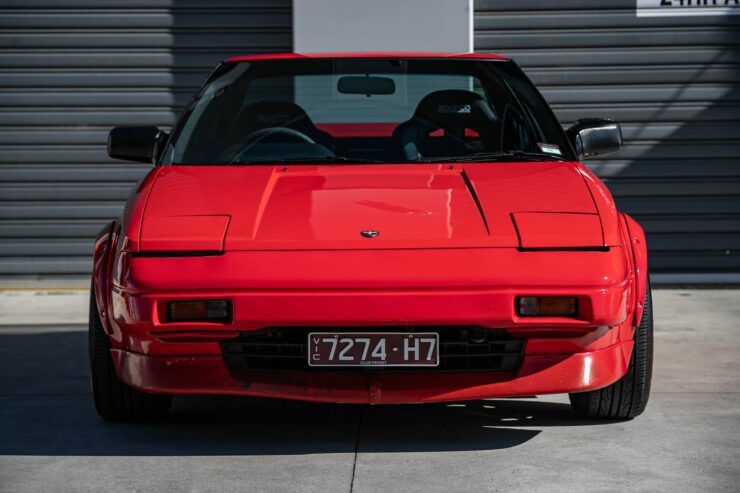
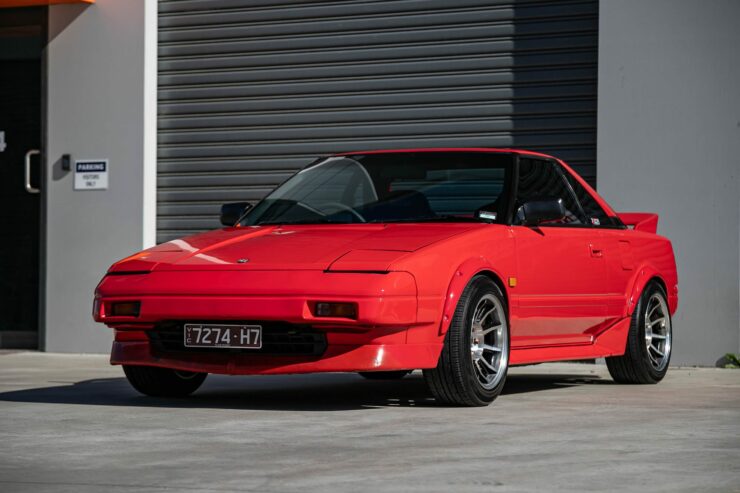
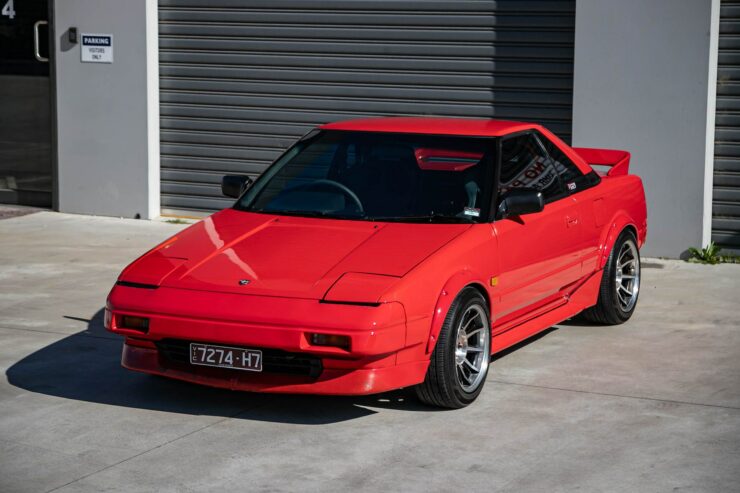
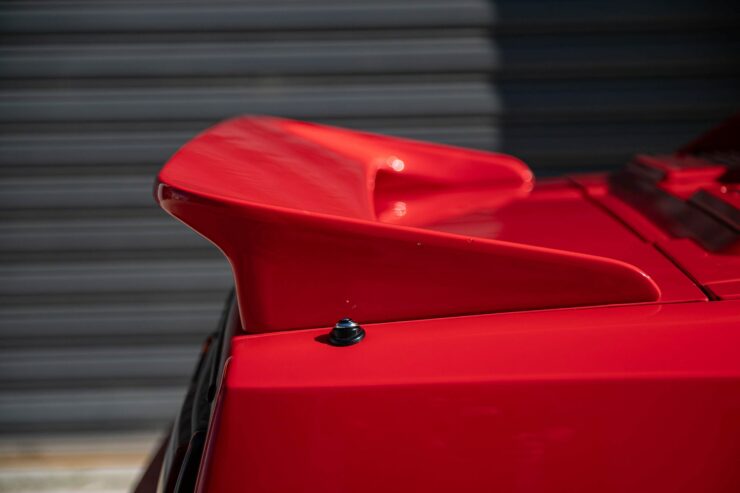
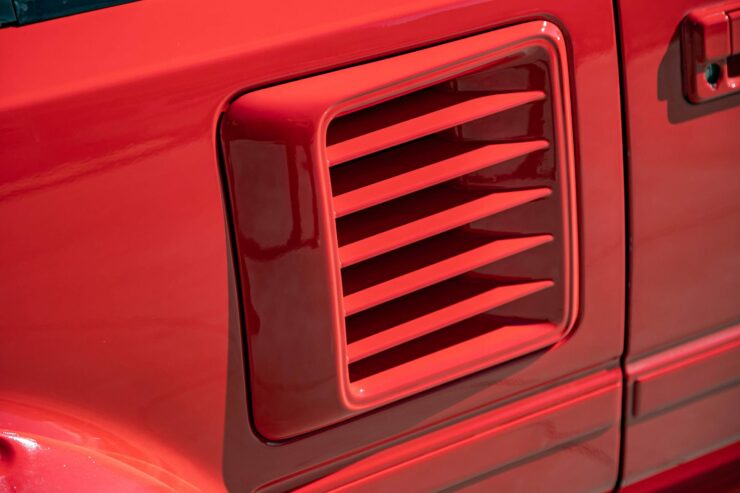
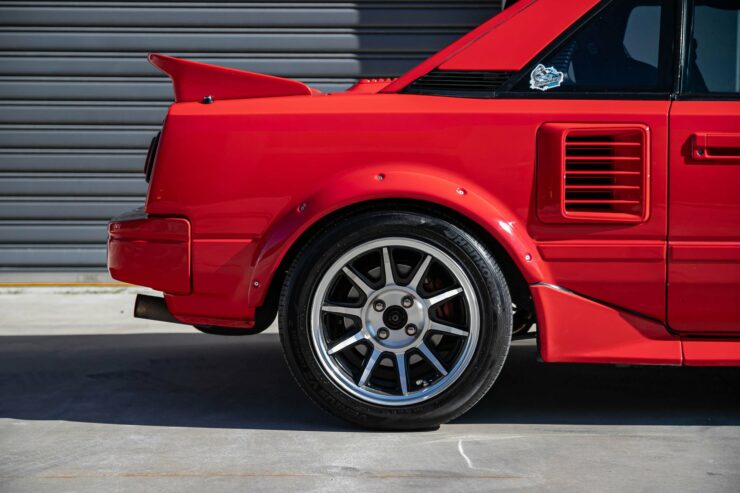
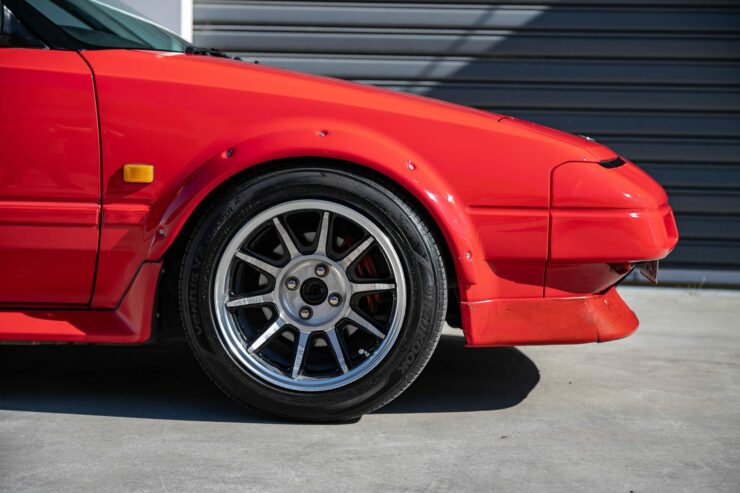
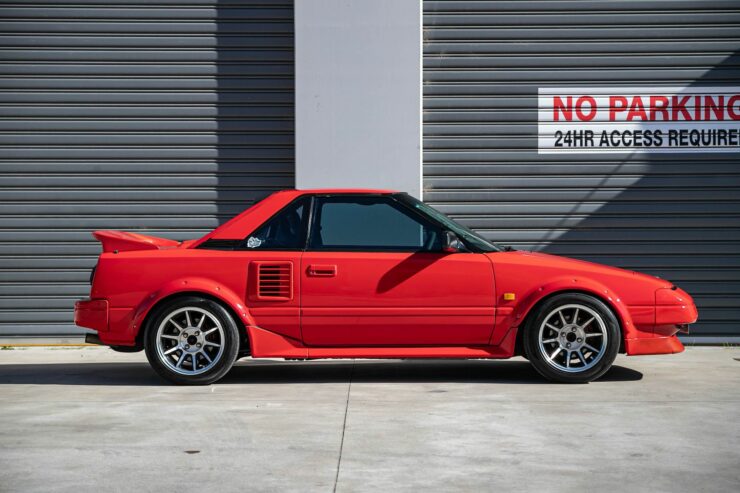
Images courtesy of Collecting Cars

